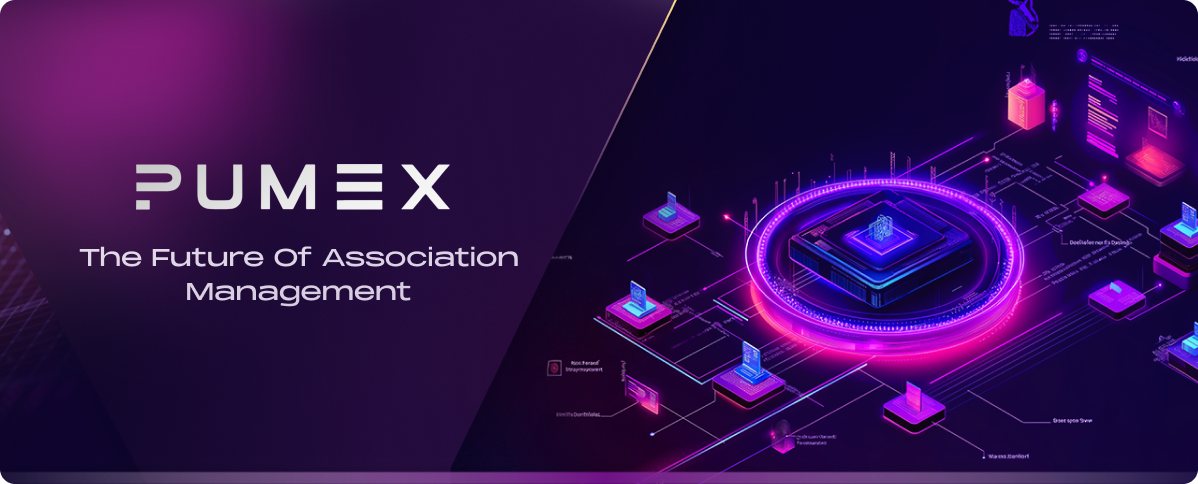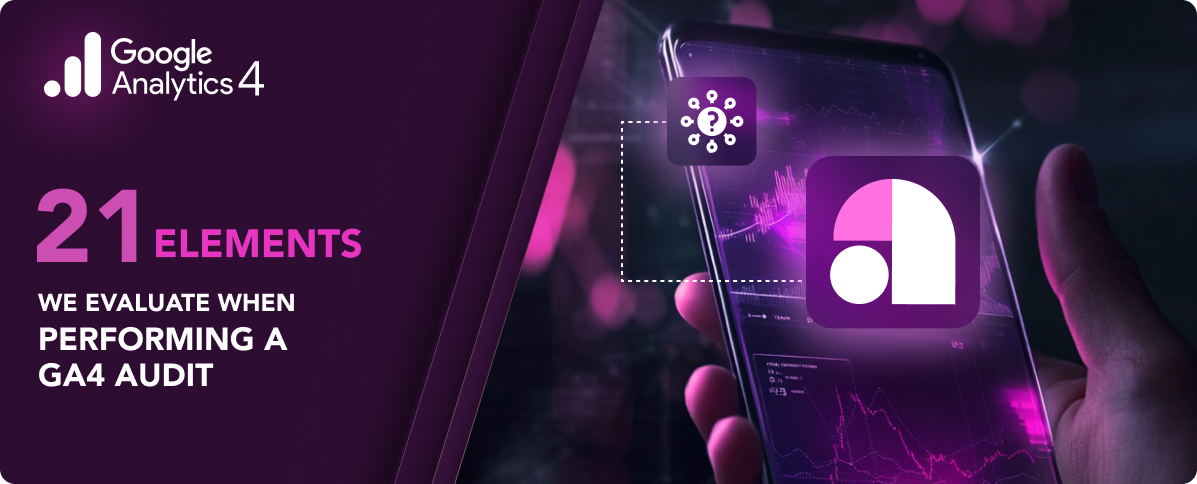Table of Contents
In the ever-evolving landscape of the Drupal ecosystem, staying up to date with the latest technologies is crucial to maintaining a robust and secure online presence. For many organizations, this means migrating from Drupal 7 to newer versions like Drupal 10. While this transition promises enhanced features and improved performance, it’s not without its challenges. As you are already this far, we understand you are ready for the transition. Here are the top 5 pitfalls to watch out for when migrating from Drupal 7 to Drupal 10 and how to overcome them.

















































